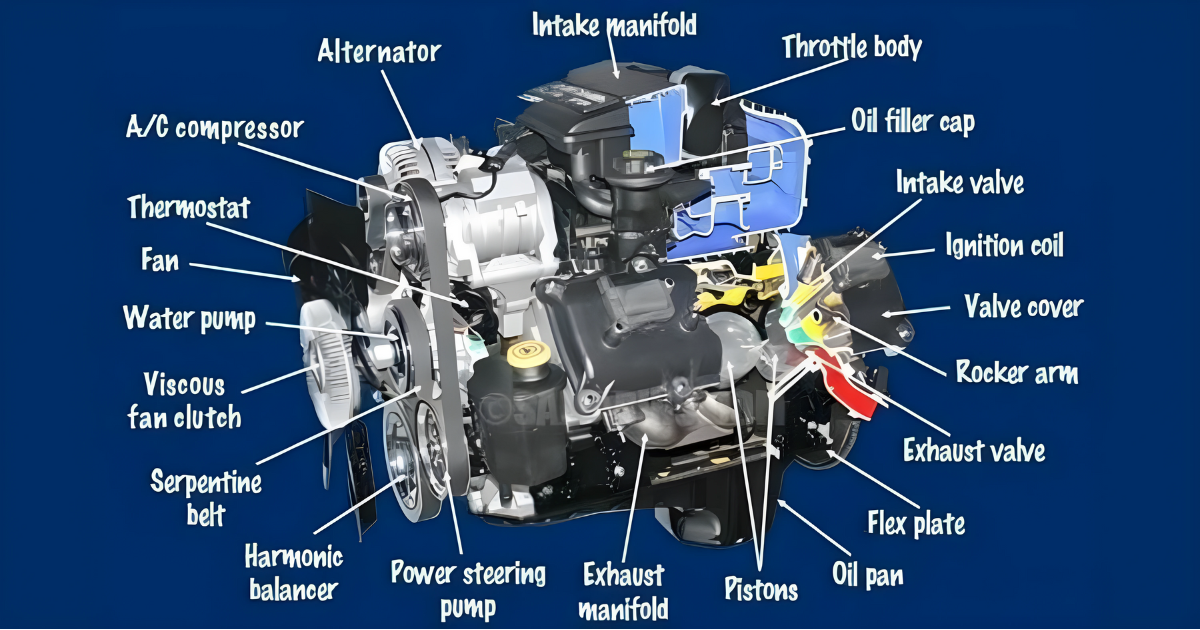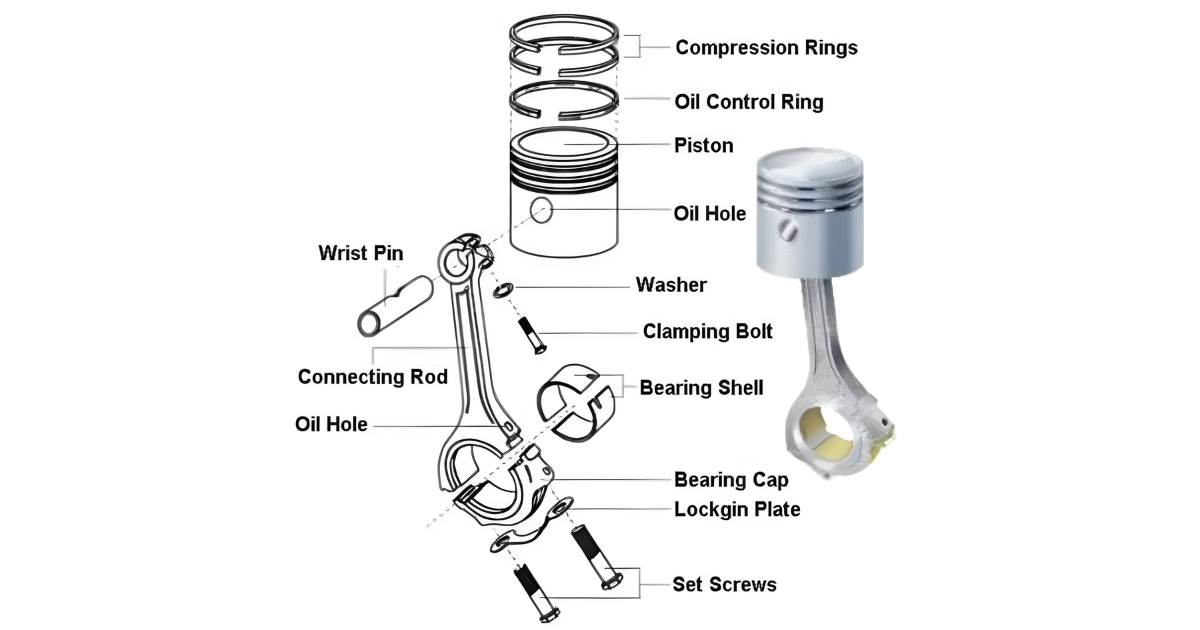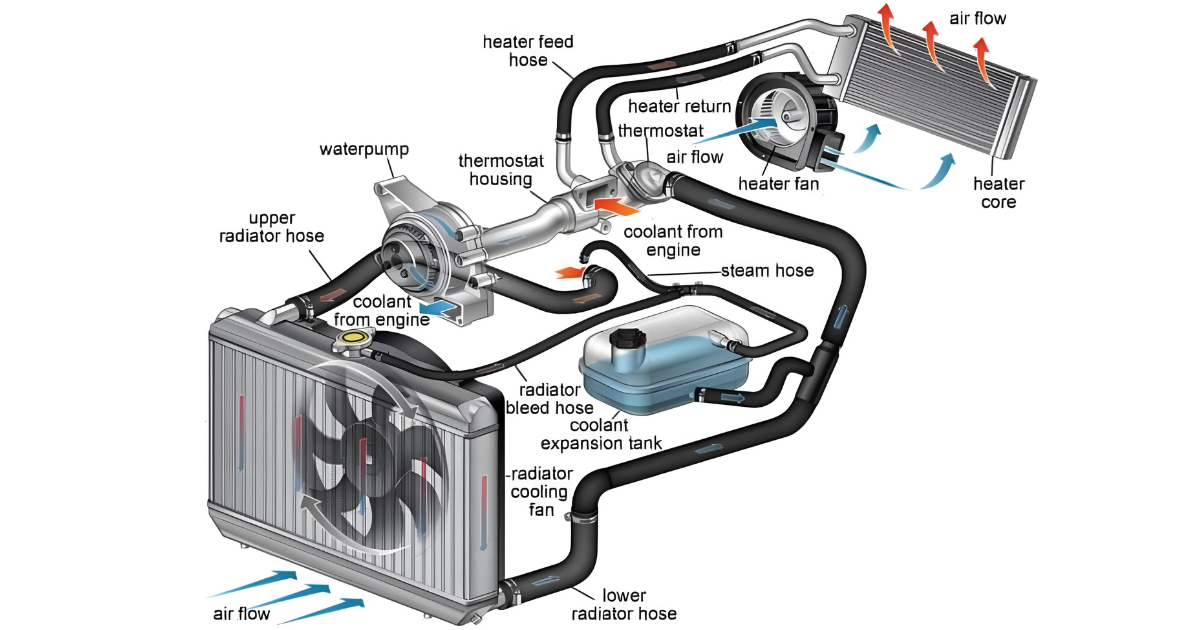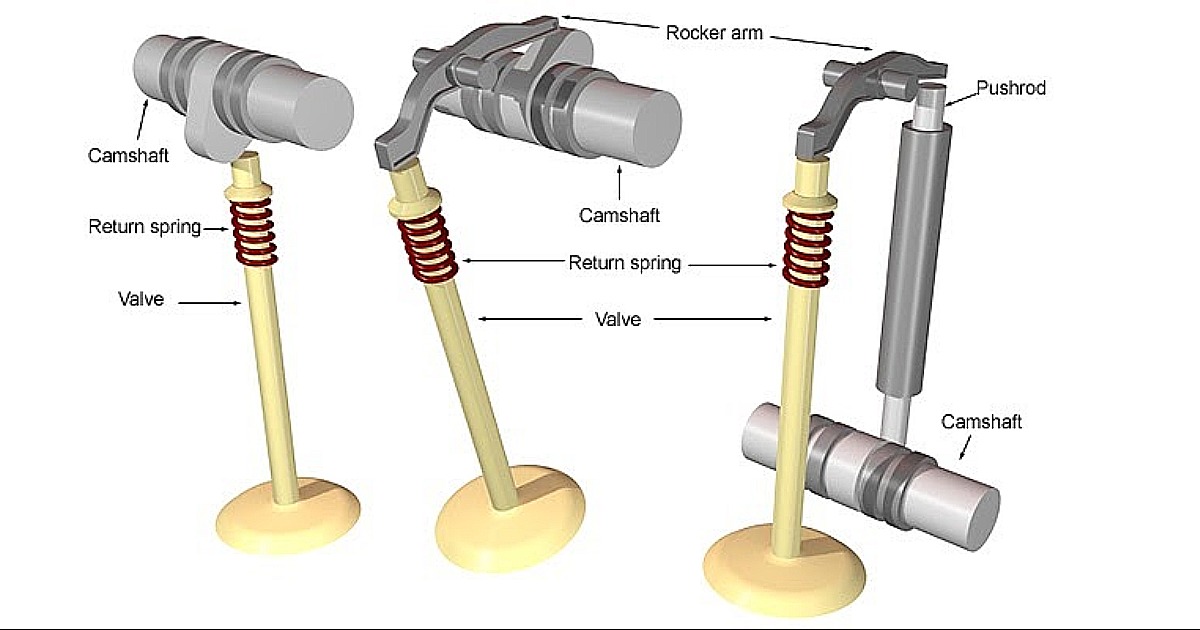The engine is the heart of every vehicle, with a complex arrangement of components working together seamlessly. The engine, often considered the core of a vehicle, is a remarkable feat of engineering. It efficiently transforms fuel into the energy needed to propel us forward.
Let’s learn and explore the engine and its key components that work together to create the power under the hood.
Engine Basics
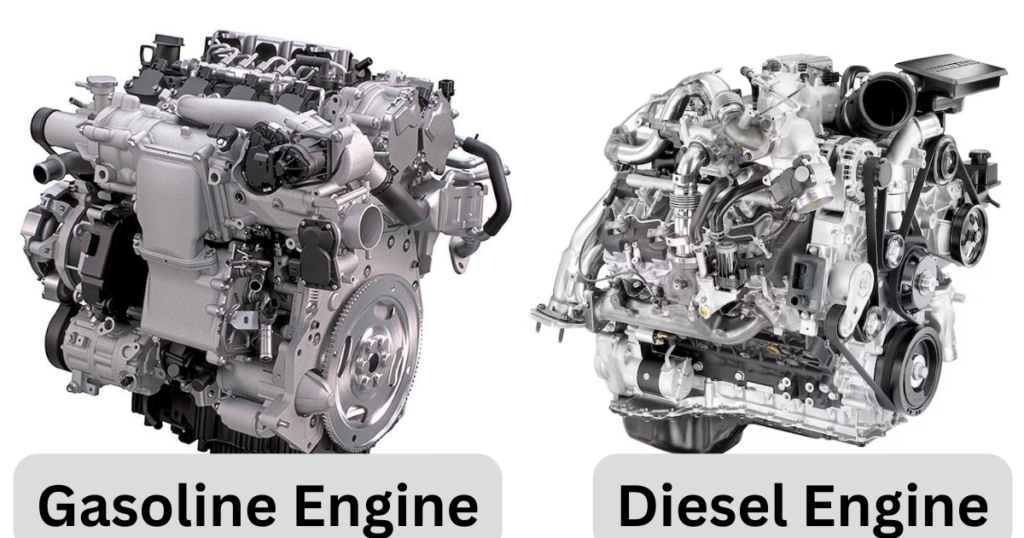
The engine is designed to convert fuel’s chemical energy into mechanical energy, moving the vehicle forward. Gasoline engines are commonly used in cars, while diesel engines are prevalent in trucks and heavy-duty vehicles. Engines are crucial for powering vehicles, converting fuel’s chemical energy into mechanical energy for transportation.
Cylinder Block and Cylinder Head
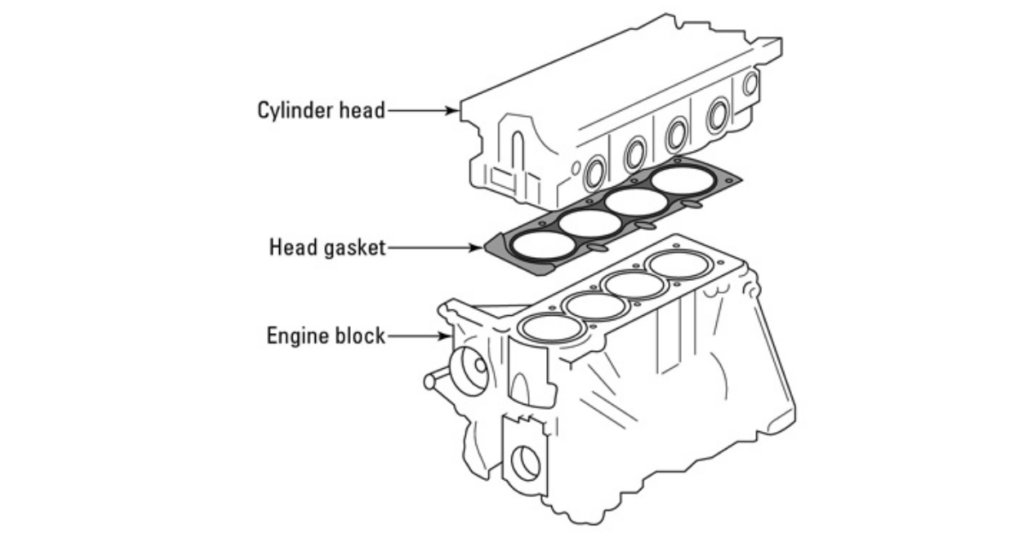
Cylinders and pistons are located in the engine’s cylinder block. It supports structure and circulates coolant to regulate temperature. Cylinder heads contain combustion chambers, valves, and camshafts. This part is essential for maintaining engine performance and dependability overall as well as sealing combustion gasses.
Pistons
The pistons in the engine cylinders move back and forth because of the power generated by combustion. This motion transfers energy to the crankshaft, causing the engine to rotate. Connecting rods play a vital role in connecting pistons to the crankshaft, converting linear motion to rotational motion. They need to be durable and precise. This collaboration is crucial for ensuring the engine operates efficiently and reliably.
Crankshaft
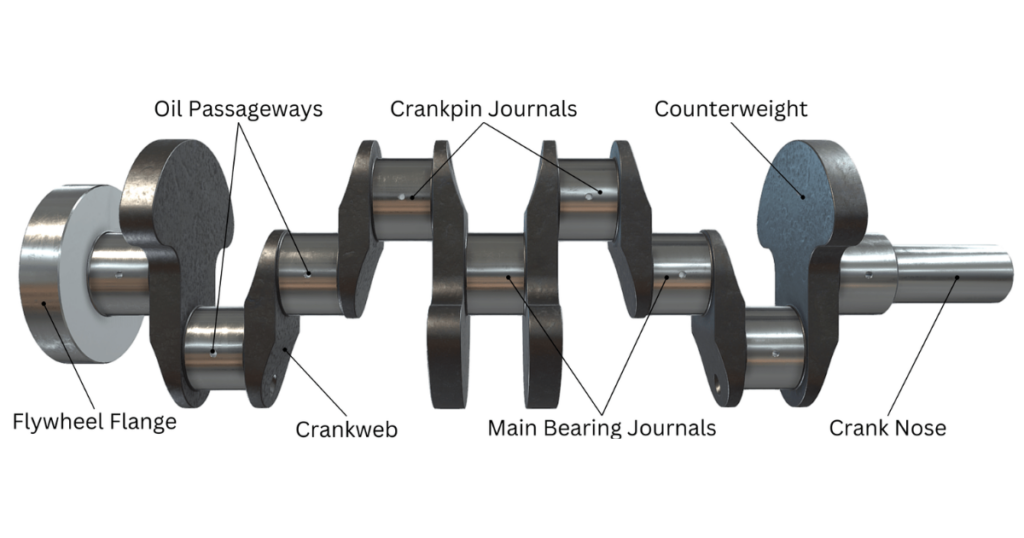
The crankshaft is central to engine operation, converting piston motion into rotational power for the transmission and wheels. Supported by bearings, often made of materials like babbitt or roller bearings, it ensures smooth and efficient rotation, enhancing overall engine functionality and performance.
Camshaft
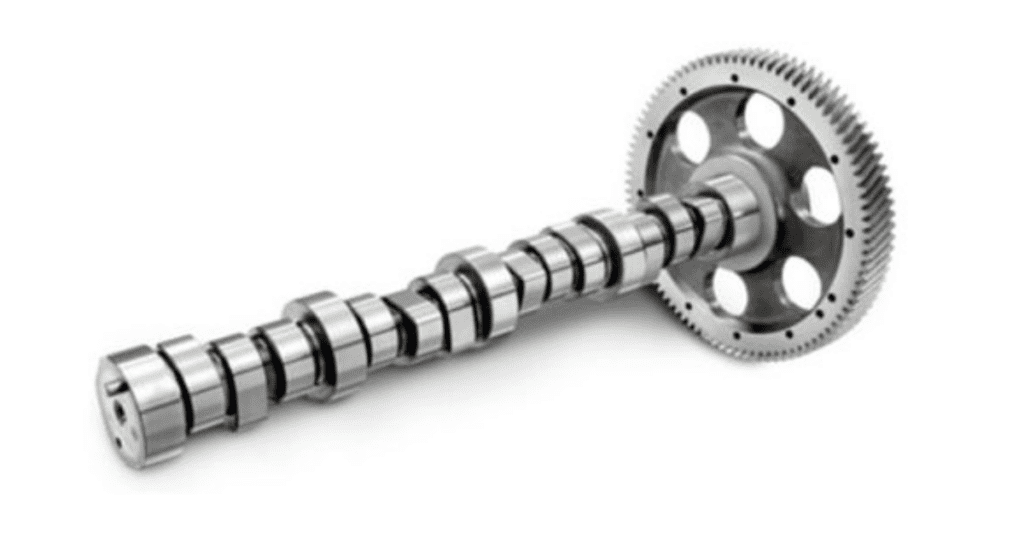
The camshaft controls the engine’s valve operation with precision and operates valves in perfect sync with the engine’s performance. The timing belt or chain maintains rotational coordination with the crankshaft, ensuring precise timing and smooth interaction between the two components. The interplay ensures that the engine’s valves function optimally, leading to efficient combustion and improved performance.
Valves
Valves are vital for engine operation, controlling air and exhaust flow in combustion chambers. Intake valves allow the air-fuel mixture, and exhaust valves remove burned gases. The valve train, with components like lifters, pushrods, and rocker arms, works with the camshaft to precisely time valve operation, optimizing combustion and enhancing engine performance.
Combustion Chambers
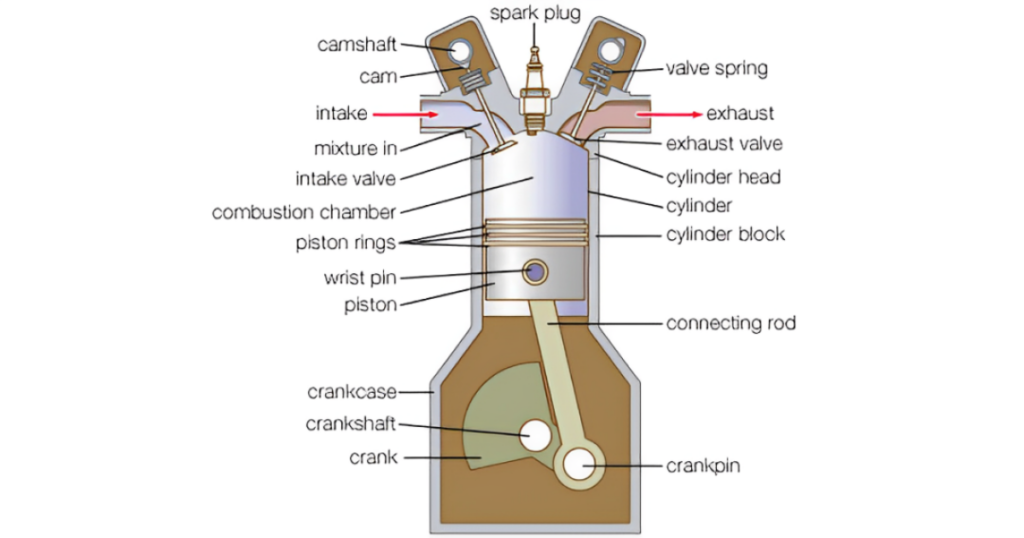
Within the engine cylinders, combustion chambers serve as spaces where the air-fuel mixture ignites through the action of a spark plug. This ignition triggers the combustion process, generating high-pressure gases that drive the pistons downward. Spark plugs play a crucial role in this sequence by producing the spark needed to ignite the air-fuel mixture. Ensuring proper spark plug function is essential for maintaining efficient combustion within the engine.
Fuel Injection System
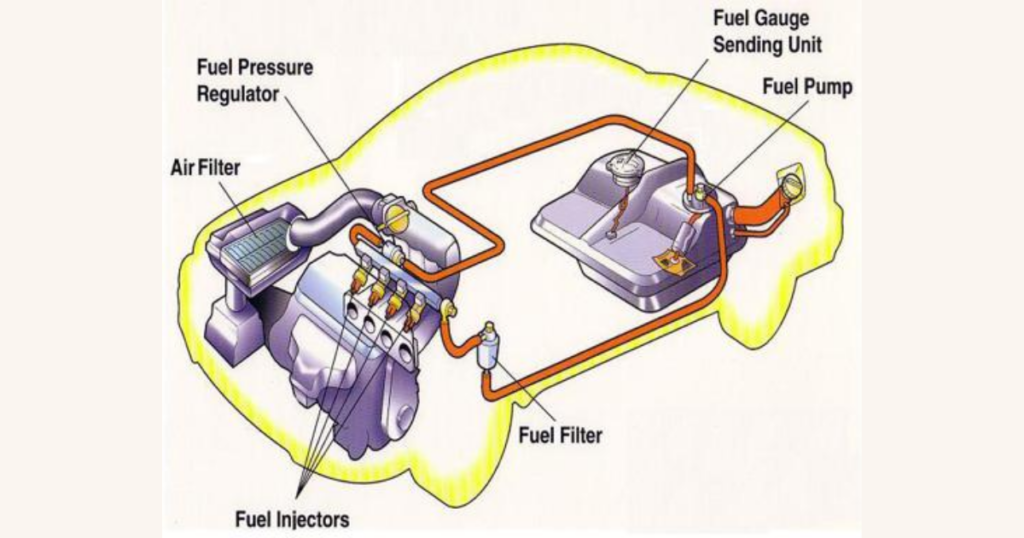
Modern engines come with electronic fuel injection systems, which deliver precise amounts of fuel to the combustion chambers. This system improves fuel efficiency, performance, and emissions control. Fuel injectors are crucial as they spray fuel directly into the combustion chambers, replacing traditional carburetors. The engine control unit (ECU) is responsible for controlling the injectors to ensure efficient and environmentally friendly engine operation.
Cooling System
Engines produce considerable heat, requiring a cooling system for temperature control. This system includes components like the radiator, water pump, and thermostat. The radiator dissipates heat, and an electric fan enhances cooling by boosting airflow, ensuring the engine operates smoothly and efficiently.
Exhaust System
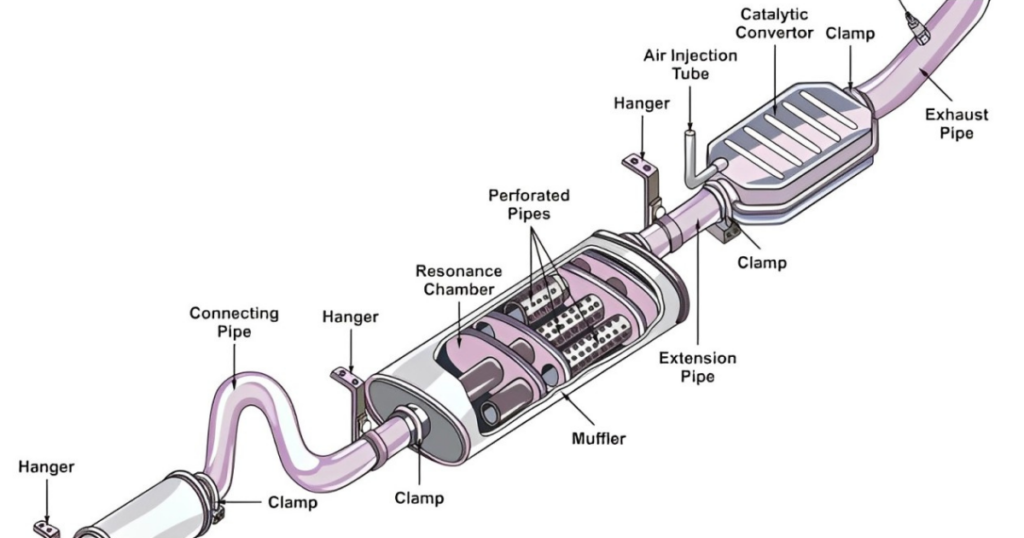
The exhaust system is vital for managing combustion gases, minimizing noise, and addressing environmental concerns. Components like the exhaust manifold, catalytic converter, and muffler collaborate to channel and filter exhaust gases. The catalytic converter transforms harmful pollutants into less impactful substances, contributing significantly to environmental protection.
Conclusion
The engine is a remarkable example of automotive engineering, with numerous components working together in perfect harmony. The engine is a complex masterpiece of mechanical precision, with pistons moving in a rhythmic motion, valves orchestrating a dance, and combustion unleashing transformative power.
Grasping the details of each part helps us better understand and admire the impressive technology behind our vehicles. With ongoing advancements in automotive technology, engines are becoming more efficient, emitting fewer pollutants, and offering an exciting future for our transportation systems.
